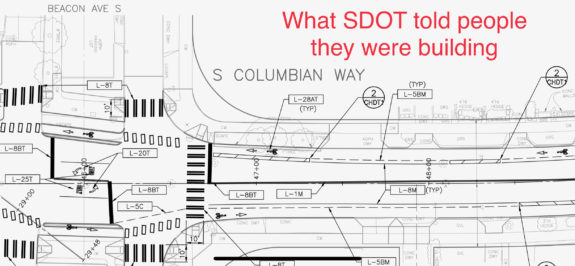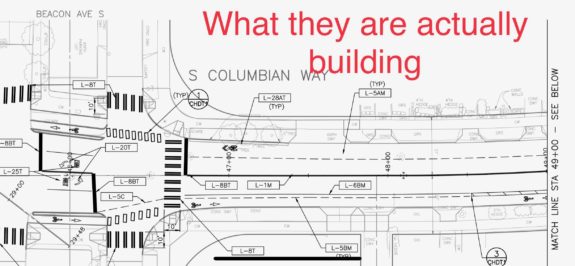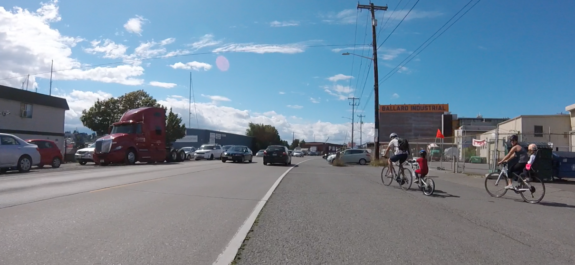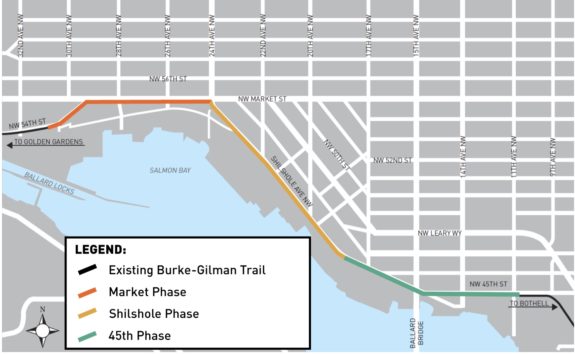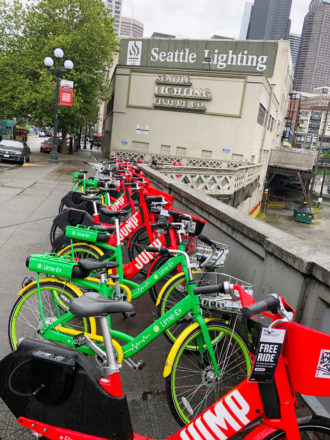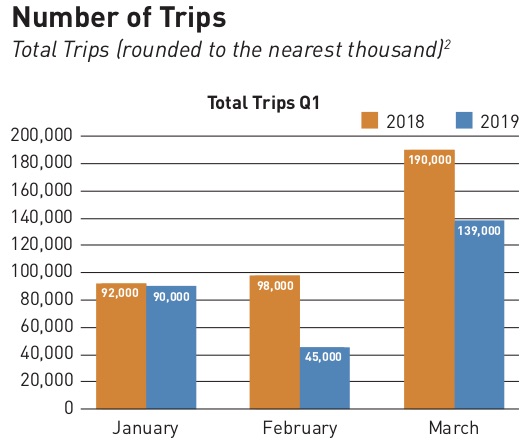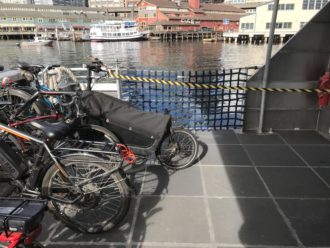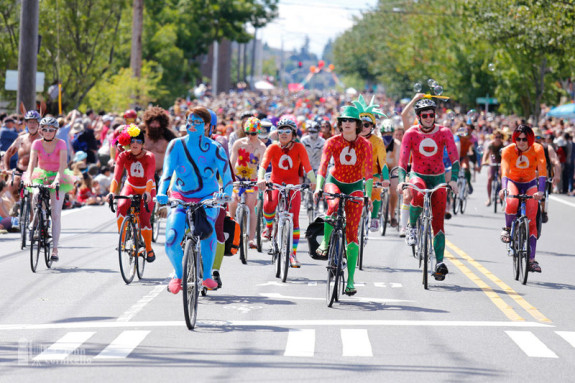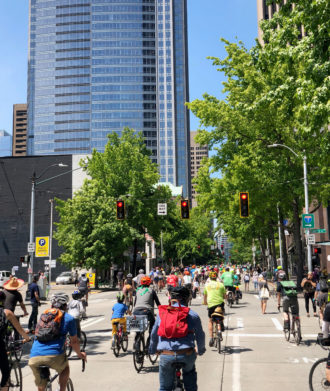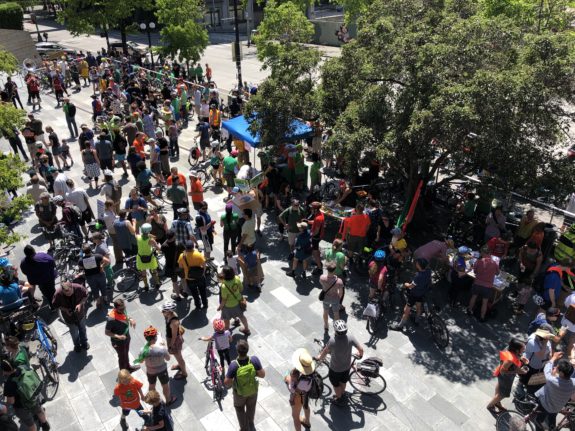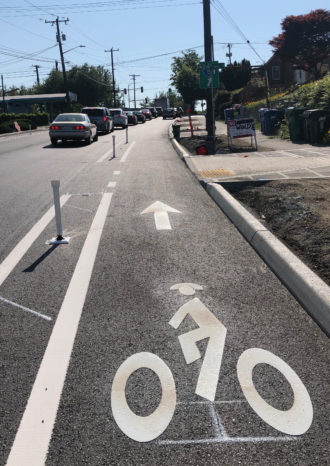
In yet another hit to the already sorely lacking southend bike network, SDOT quietly made a last-minute change to the Columbian Way paving project to remove an uphill section of protected bike lane as the road approaches Beacon Ave S. Neighbors didn’t know about the change until crews painting the planned bike lanes on the repaved street ended them half a block east of Beacon Ave S.
Just how quiet was this change? Even the project’s own communications and outreach staff didn’t seem to know about it as recently as June 6, according to emails sent to reader Matthew Snyder. Snyder had contacted the team May 29 as soon as he and other neighbors noticed the gap in the bike lane. A week later, SDOT staff sent this reply:
“We understand your concerns since striping is not yet completed. Crews are planning to complete striping on S Columbian Way / S Alaska St soon. Please see the attached PDF of the PBL plan where it shows that the PBL on S Columbian Way will continue through the intersection with Beacon Ave S. The plan also follows the City of Seattle’s protected bike lane intersection design standards. We hope that helps answer your questions.”
The document they sent was the 95% construction plan, which includes the complete bike lane neighbors thought was being constructed (the top image on this post). But the project engineers made a last-minute change to replace a block of the bike lane with sharrows, and they did so without any kind of public outreach or even public notice. They didn’t even bother to tell their own outreach staff or make sure information on the project website was updated to reflect the change.
Snyder, being a tenacious and engaged neighbor, was able to track down the 100% plans from the city’s contractor bidding website (the second image above). The team finally acknowledged in an email dated June 12 that the bike lane would “become a sharrow to make room for a right turn lane and traffic lane.” (more…)

